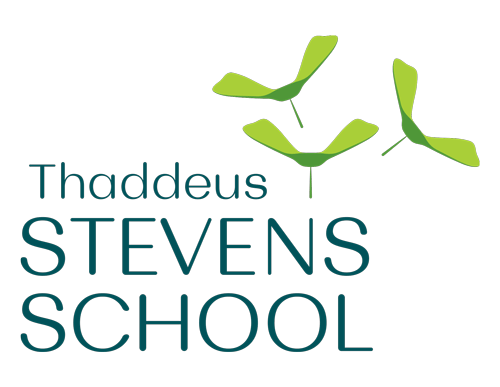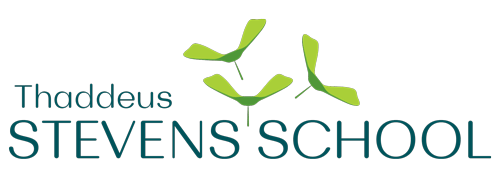Lower Elementary K - 4 Curriculum
We define the lower elementary school as grades K-4 and have designed programs and assessments that address both developmental growth as well as skills and content.
The school encourages the curious child to become the exploring scholar. Gradually learning independence and academic skills, students acquire knowledge of the world beyond their town and their state situating themselves as members of a global community.
In determining the curricular offerings, we seek to ensure that students learn content knowledge as well as gain the skills of reading, writing, and computing. The school combines specific reading and math programs with the Core Knowledge curriculum. Core Knowledge schooling is based on the belief that building successful academic students requires shared knowledge as well as skills. The school-wide program is anchored in a spiral curriculum that introduces topics that will be viewed at increasingly complex levels.
With our belief that service engenders empathy and responsibility, the lower school organizes and implements the school-wide Toy Drive to contribute to H.O.P.E during the holidays.
KINDERGARTEN THROUGH SECOND GRADE
Kindergarten opens the world of words for students as they embark on the task of learning to read, write, and compute. The School uses the Wilson Language Foundations program, a multi-sensory, structured program designed to build reading and spelling extends from kindergarten to second grade. Leveled readers accompany their learning offering content-rich stories and information.
Recognizing that learning is fluid in these early years, grades one and two are a combined class which moves students at rates that align with the individual student. There are benchmark requirements that students must meet by the end of the year, but the small class sizes allow students to progress according to their skills and understanding.
Reading & Writing
The multi-sensory structured program is designed to build phonic awareness. Leveled readings are integrated with the program, as well as stories from around the world.
Math
KinderMath is a spiraled interactive math curriculum that introduces students to concepts and number sense and builds sequentially to second grade. Engaging students with hands-on activities, the program includes pre- and post-testing. Students acquire number sense and learn problem-solving with numbers.
Social Studies & Science
Art
Art projects improve the fine motor skills through cutting, gluing, sculpting, and painting. Students learn to respect their work and to view themselves as artists. Projects align with social studies, language arts, and science.
GRADES THREE TO FOUR
Third grade is the fundamental shift from “learning to read” to “reading to learn.” It is a challenging and exciting time, when students actualize the skills they developed in their previous years. To assist in this important transition, students engage with the discrete areas of math, science, humanities, and Japanese with teachers who also teach in the upper grades, preparing students for the quality of work and thought necessary for academic success in the upper grades.
English
Students read a variety of genres. Students learn the different skills used according to the purposes of reading: reading for aesthetic and personal response, reading for critical analysis and evaluation, and reading for acquisition, interpretation, and application of information. Students build vocabulary that is specific to each discipline of academic study as well as general expressive vocabulary. They learn to write organized short paragraphs, practicing narration, description, and explanation. Students will begin to observe parts of speech such as nouns and action verbs.
Math
Science
These grades set the stage for the outdoor field science program by introducing fundamental scientific laws and ideas through authentic science activities. Students delve into topics of earth science, biology, chemistry, and physics. They explore topics such as the solar system, the human body, and the national park system, as well as unseen forces and phenomena such as air pressure, electricity, plate tectonics, and potential energy.
Social Studies
The course uses the text Our Country’s Regions as a backbone for the course. Students study regions of the United States, with a strong unit on Vermont, its geography, economy, and history. Students are introduced to government through the We the People text published by Center for Civic Education. The yearly focus alternates from regions of study to early American history. Both years explore the founding ideas of the US government.



